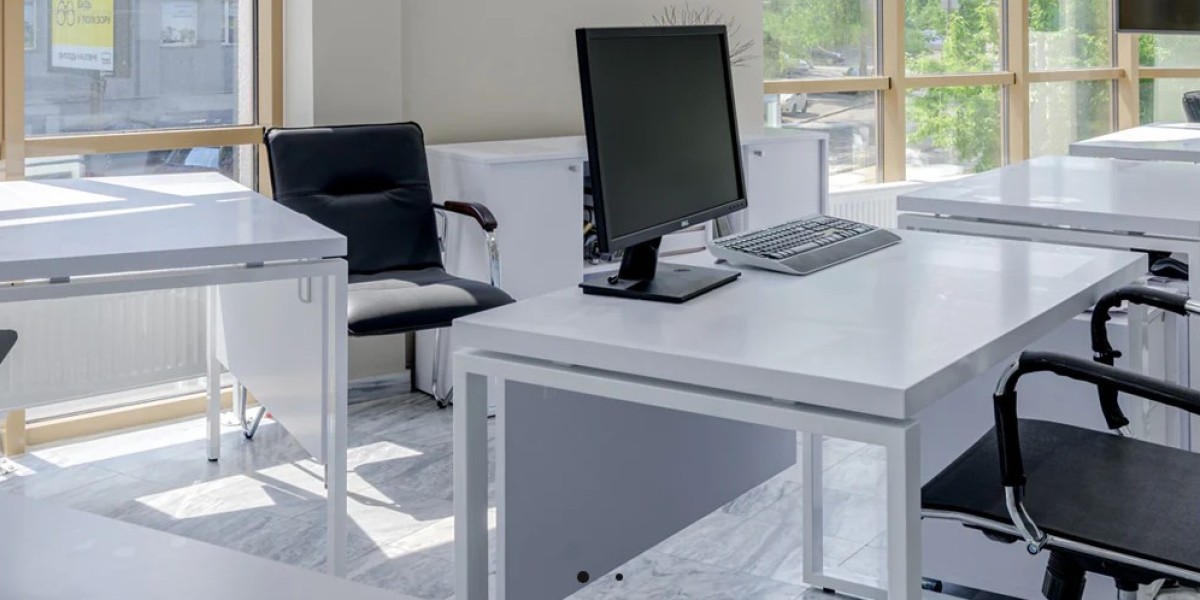Maximizing small office spaces with multi-functional furniture is a smart strategy for creating an efficient and productive work environment. When space is limited, every piece of furniture must serve multiple purposes, helping to optimize the available area without sacrificing comfort or functionality. Here’s how you can make the most out of a small office using multi-functional furniture:
1. Choose Furniture with Built-in Storage
- Why It Matters: Storage is often a challenge in small spaces. Furniture with built-in storage, such as desks with drawers or benches with compartments, helps keep the office organized while saving space.
- Example: A desk with integrated shelving or a filing cabinet that doubles as a side table can reduce clutter and keep essential items within easy reach.
2. Opt for Convertible Desks
- Why It Matters: Convertible desks that can be folded, expanded, or reconfigured are perfect for small offices. They can be adjusted based on the task at hand, offering flexibility in how the space is used.
- Example: A wall-mounted desk that folds up when not in use or a desk that converts into a larger table for meetings helps you make the most of limited space.
3. Use Modular Furniture
- Why It Matters: Modular furniture can be easily reconfigured to fit different needs. Pieces like modular desks, shelving units, and seating can be rearranged or stacked, allowing you to adapt the layout as needed.
- Example: Modular shelving that can be customized in height and width provides flexible storage options that can change as your needs evolve.
4. Invest in Multi-Functional Seating
- Why It Matters: Seating that serves multiple functions, such as chairs with storage underneath or stools that can double as side tables, maximizes utility in small spaces.
- Example: A storage ottoman that can be used as extra seating, a footrest, or a place to store office supplies keeps the space versatile and clutter-free.
5. Use Vertical Space Efficiently
- Why It Matters: Vertical space is often underutilized in small offices. Tall, slim shelving units, wall-mounted cabinets, and hanging storage solutions free up floor space while providing ample storage.
- Example: Installing floating shelves or pegboards above desks allows you to store books, files, and office supplies without encroaching on valuable floor space.
6. Consider Nesting Furniture
- Why It Matters: Nesting furniture, such as tables and chairs that can be tucked away when not in use, is ideal for small spaces. These pieces can be stored compactly and pulled out only when needed.
- Example: Nesting tables that fit under a desk when not in use, or stackable chairs that can be stored in a corner, are great for maximizing floor space.
7. Choose Wall-Mounted Furniture
- Why It Matters: Wall-mounted furniture, like foldable desks, shelves, or storage units, keeps the floor area clear, making the space feel more open and less cluttered.
- Example: A wall-mounted drop-leaf table that can be folded down when needed for work or meetings and folded back up afterward saves significant space.
8. Use Room Dividers with Storage
- Why It Matters: In a small office, creating separate zones for different tasks can be challenging. Room dividers that double as storage units or shelves help segment the space while providing additional functionality.
- Example: A bookshelf that serves as both a room divider and storage unit creates distinct areas for work, meetings, or relaxation without taking up too much space.
9. Opt for Compact, Multi-Use Furniture
- Why It Matters: Compact furniture that serves more than one purpose can reduce the number of items you need in a small office. This approach helps maintain a clean, open, and functional workspace.
- Example: A small conference table that doubles as a communal desk or a couch that converts into a guest bed for overnight visitors adds versatility without crowding the room.
10. Embrace Minimalism
- Why It Matters: In small spaces, less is more. Opting for minimalistic, multi-functional furniture reduces clutter and keeps the space feeling open and airy, which can improve focus and productivity.
- Example: A minimalist desk with clean lines and integrated storage keeps the workspace streamlined, with only essential items visible.
Conclusion
Maximizing a small office space with multi-functional furniture requires careful planning and creative solutions. By choosing furniture that serves multiple purposes, making efficient use of vertical space, and embracing minimalism, you can create a workspace that is both practical and aesthetically pleasing, even in the most compact areas. The right furniture can transform a small office into a highly efficient, flexible, and productive environment.








